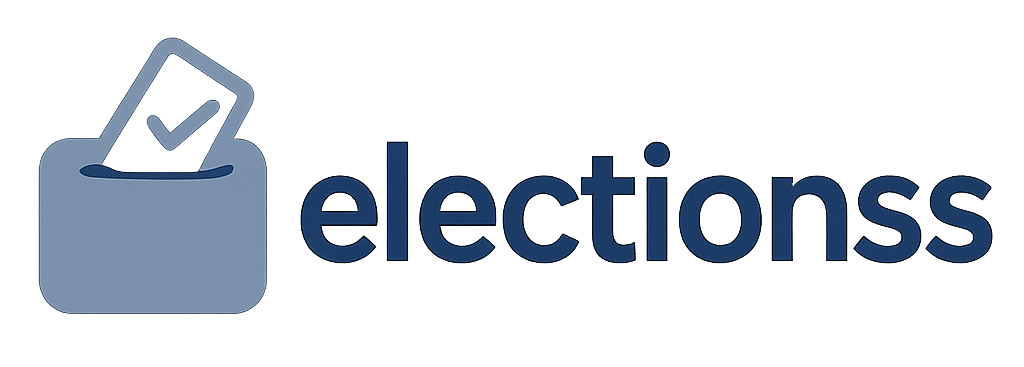Bank of Canada Maintains Interest Rate Amid U.S. Tariff Pressures, Signals Possible Future Rate Cuts

The Bank of Canada (BoC) announced on Wednesday (April 4) that it will keep its benchmark interest rate at 2.75%, as expected by the market. However, it also warned that if U.S. tariffs continue to impact the Canadian economy, leading to economic weakness and manageable inflationary pressure, there may still be a need for future rate cuts. This marks the second consecutive time the central bank has held the rate steady, and it is the first suspension of rate cuts since the easing cycle began last year.
Bank governor Tiff Macklem stated that although the Canadian economy performed better than expected in the first quarter, U.S. President Trump’s tariffs on Canadian steel and aluminum severely impacted exports and consumer confidence. He noted that “U.S. trade policy remains the biggest headwind facing the Canadian economy.” In the statement, the central bank indicated that the decision-making committee unanimously agreed to pause any adjustments to interest rates until further information regarding U.S. tariffs and their impact on the Canadian economy becomes available.
They also stated that while the economy is slowing, it hasn't experienced a sharp deterioration yet, and that some recent core inflation data is above expectations, leading them to adopt a wait-and-see approach. According to official data, Canada’s core inflation rate reached 3.2% in April, marking the highest level in over a year, primarily due to rising prices of certain goods, especially food affected by trade disruptions.
Macklem admitted that it is still difficult to observe the direct effects of retaliatory tariffs in price data, but the central bank will continue to monitor the impact of the tariffs on export demand, business investment, employment, and household spending, as well as observe inflation expectations and the pass-through of tariff costs. The current policy rate of 2.75% is regarded by the bank as being in the “neutral zone,” meaning it is neither stimulative nor restrictive for the economy. Bank officials also mentioned that if the economy deteriorates further under tariff pressures and inflation pressures remain manageable, there could be further cuts to the policy rate.
Economists from Bloomberg have analyzed that the Canadian economy may weaken further in the coming quarters, with GDP expected to shrink in the middle of this year. Inflation is expected to average close to the bank's 2% target for the year. The central bank had previously canceled precise GDP and inflation forecasts due to economic uncertainty, opting for scenario-based analysis, but this time did not mention related content.
Recently, the Trump administration has imposed tariffs of up to 50% on Canadian steel, aluminum, and certain automotive products, causing significant concerns in the business community. Some companies have even retracted or paused their financial forecasts for 2025, highlighting the high uncertainty surrounding the economic outlook. Core inflation remains a key observation point, alongside weak demand as Canadian businesses face rising input costs, especially from U.S. tariffs. The central bank observes that many businesses plan to pass these tariff costs onto consumers, which may exacerbate price pressures.
Looking ahead, markets widely anticipate that the Bank of Canada may implement 2 to 3 rate cuts before the end of this year, bringing the eventual policy rate down to around 2%. However, if the economy shows resilience or inflationary pressures continue to rise, the central bank might delay the rate cuts or choose to keep rates unchanged. Market observers point out that before the policy meeting on July 30, various retail sales, employment, inflation, and tariff-related data will be published, indicating that policy directions still remain highly uncertain.




